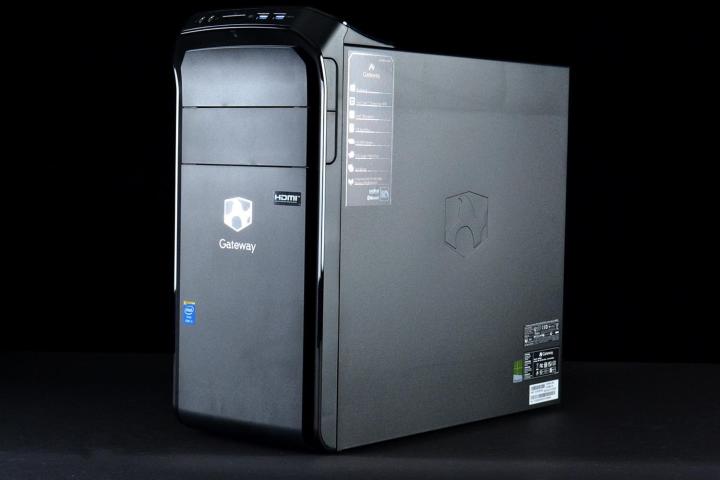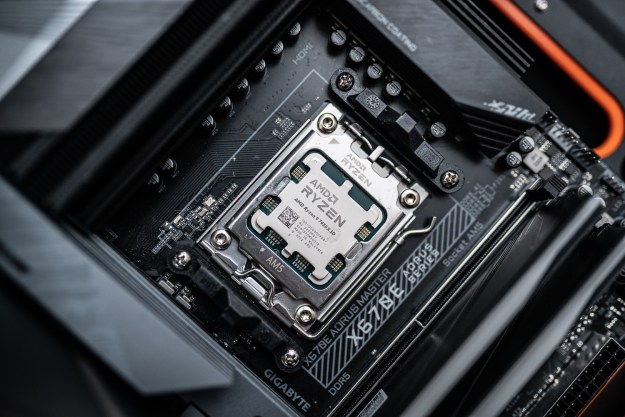
Joly didn’t manage to end the interview without backpedaling however, as he admitted that “crashed” was a tad strong when Re/Code’s Walt Mossberg followed up on Joly’s comment by asking if tablets might go away. Even so, the interview fed a new narrative which claims that PCs are seeing a “revival,” an idea supposedly backed up by recent reports from Gartner and IDC.
It is true that the losses have curved upwards a bit compared to the last few disastrous years, but only the most charitable revisionist history could hope to term this as a revival. In fact, the PC remains plagued by many of the same issues that left the door open for tablets to eat its lunch three years ago.
Reality check
Before we dive into the woes that continue to hamper PCs, it’s wise to take a closer look at the fluff that this supposed revival is based on.
Related: Lenovo’s business is PCs, and business is good
There are two companies which are considered credible sources for worldwide PC sales estimates. One is Gartner and the other is IDC. Both firms release quarterly reports to update their clients on how real-world results are keeping up with earlier estimates. Both Gartner and IDC published their latest reports, which cover the second quarter of 2014, on July 9.
| Vendor |
2Q14 Shipments | 2Q14 Market Share | 2Q13 Shipments | 2Q13 Market Share | 2Q14/2Q13 Growth |
| Lenovo | 14,563 | 19.6 percent | 12,648 | 16.7 percent | 15.1 percent |
| HP | 13,644 | 18.3 percent | 12,377 | 16.4 percent | 10.2 percent |
| Dell | 10,448 | 14 percent | 9,230 | 12.2 percent | 13.2 percent |
| Acer | 6,120 | 8.2 percent | 6,273 | 8.3 percent | -2.5 percent |
| Asus | 4,614 | 6.2 percent | 4,466 | 5.9 percent | 3.3 percent |
| Others | 24,974 | 33.6 percent | 30,661 | 40.5 percent | -18.5 percent |
| All Vendors | 74,362 | 100 percent | 75,656 | 100 percent | -1.7 percent |
What did they show? Stagnation. Gartner reported growth of one tenth of a percent compared to the same quarter in 2013, and IDC recorded a decline of 1.7 percent. The reports estimated shipments of 75.7 and 74.3 million units, respectively, and both figured Lenovo, HP and Dell to be the first, second and third largest vendors worldwide. IDC thinks total PC shipments will number at roughly 295 million by the end of 2014, a slump of over 50 million units from their peak in 2010.
Talking about a revival in the PC market is a bit like telling a man who was just hit by an 18-wheeler that he’ll surely run a 10k marathon next year. Maybe it will happen. It’s not impossible, but it’d be wise to temper the proclamations for now.
Why the fantasy?
As a PC reviewer, I find such unwarranted optimism to be immensely frustrating. Sometimes a positive outlook is a sign of great things to come. But it can also be a sign of immense, overwhelming denial. Hubert Joly’s comments are a prime example of the latter.
A typical $600 notebook purchased today will likely be thinner and more efficient than the one it replaces, but it’s unlikely to offer much improvement in its touchpad, keyboard, port availability, and even performance. Poor after-sale support only worsens the problem. Some customer service lines seem purposely constructed to make obtaining service difficult.
That’s computing’s problem in a nutshell. Consumers don’t buy new computers because they don’t expect them to be much better than what they already own.

This is no irrational phobia, either. It’s a learned behavior, the predictable result of years of lackluster effort from the PC industry as a whole. I believe that the PC market could see a revival if excellent models flooded stores shelves. However, to make that happen, the entire industry (including not just PC builders, but also component supplies) would have to kill its sacred cows. Customer service would have to become priority number 1. Microsoft would have to slash the price of Windows. Intel would have to accept a tighter profit margin. Plus, retailers would need to improve the accuracy and knowledge of their sales force.
Radical changes are hard to make. Optimistic press announcements are easy. So rather than real, lasting improvement, we hear little more than words. Microsoft swears that the next OS update will make us like Windows 8.1, Intel promises that Ultrabooks will soon be affordable, and manufacturers hint that the next big thing is right around the corner. If these prophecies fail to come true, it’s not entirely a loss –the same promise can be made anew next year.
Stop hurting yourself
I’m feeling a bit jaded, consumers are feeling a bit jaded, and even the guys and gals in the business seem jaded. Did Joly really believe what he was saying? Or was he just playing up to investors? Who knows.
But here’s the thing; this problem isn’t hurting me, and if you’re someone who cares about PCs, it’s not hurting you either. Enthusiasts are doing fine. Small builders are making bank, components are as affordable as ever, and even quality peripherals have become commonplace. Even consumers aren’t invested in the quality and value of new computers. If they’re not up to par, they’ll simply buy something else, or nothing at all. After all, Amazon’s best selling notebooks page indicates that these days, people generally want to spend less than $500 on a laptop.
Only the PC industry has something to lose by embracing the fantasy that computers will turn the corner and consumers will come rushing back to them in droves. That’s never going to happen without some radical changes occurring first. A true revival will require innovation and creativity, but neither can begin to take root until the companies that build computers and their components are willing to embrace reality.


